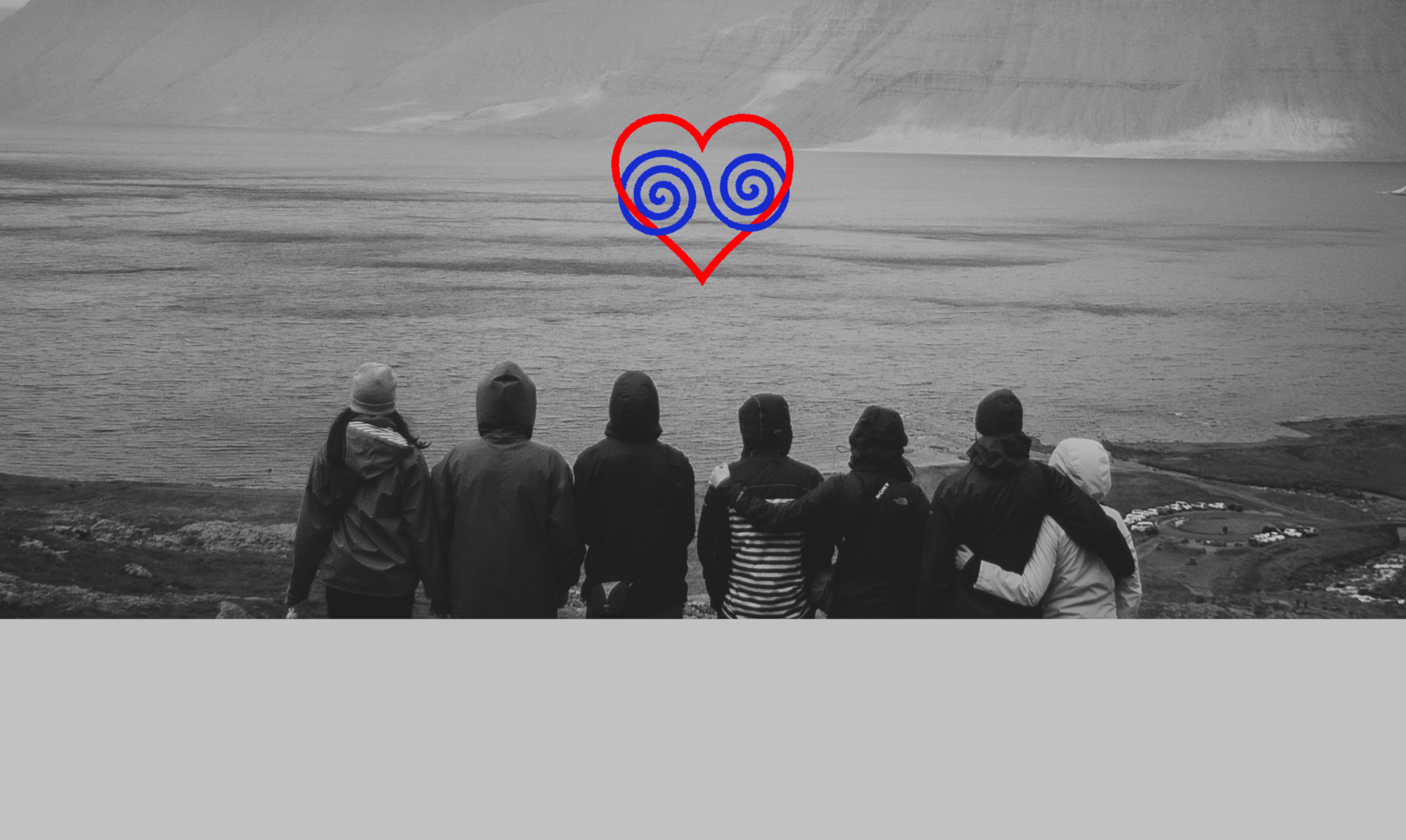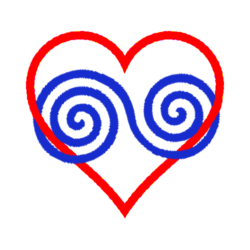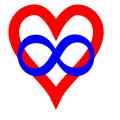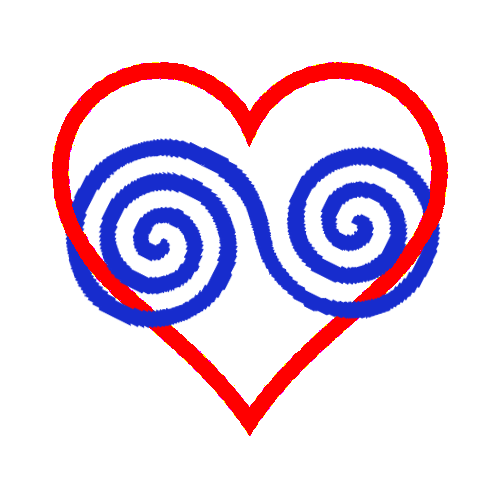The term “Oligoamory” defines the relationship-philosophy as well as the lifestyle of committed and sustainable multiple-partner relationships involving only a select few participants.
The composite-phrase “Oligoamory” stems from the Greek ὀλίγος olígos, “a few” and Latin amor, “love”.
Because I accessed the view of Oligoamory through my intense involvement with the concept of Polyamory, there are several points of contact and overlaps with it.
Thus, concerning the spelling of the term, I decided to choose the Anglo-American version (with the y-ending) in order to keep its origin discernible as well as to pay tribute to the actual creators of the underlying word “Polyamory“ (from Greek πολύ poly, “many, several”, and Latin amor, “love”), namely Morning Glory Zell-Ravenheart und Jennifer Wesp.
And to do justice to all the godfathers and -mothers: To the best of my knowledge, the first mention of the word “Oligoamory” was employed in March 2012 by the user “JohnG” on lifejournal.com with the intention to create an antithesis to the term Polyamory.
My ideas, which I am going to explain on these pages – constituting the meaning behind the term Oligoamory – will progress beyond average or rather common interpretation of polyamorous values that are relevant to multiple relationships like e.g. mutual agreement, honesty and responsibility.
In this respect – and in accentuated contrasts to a lifestyle of serial-to-parallel “loving many” quantitatively – I would like to invite by oligoamorous means to the opportunities of quality-conscious and sustainable community-building.
Oligoamory puts the love-based “mutual we” at the very heart of things. Thereby the concept wants to give the chance to all participants to experience themselves and the others both as free as well as united. At the same time, the “mutual we” facilitates for everybody the experience of contributing to and partaking in the relationship-network as a whole, which is collectively bigger than the sum of its parts and by that generates surplus value for all persons involved.





